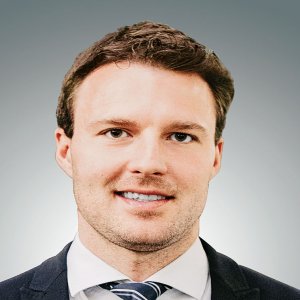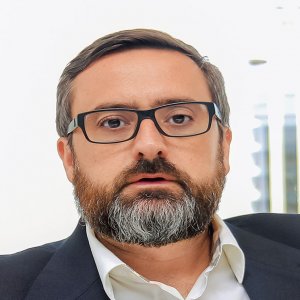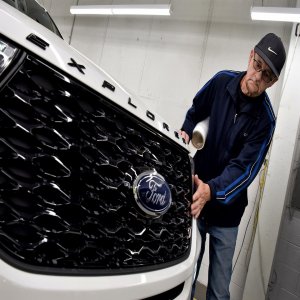Safety, Sustainability Go Hand in Hand

STORY INLINE POST
Q: ERM supports several industries with services focused on sustainability. Where does the automotive sector fit in your portfolio?
A: In Mexico, the automotive sector has been very important throughout our history and it continues to grow. However, the Energy Reform helped boost other sectors to the point that automotive growth has been slower compared to oil and gas. Currently, the automotive industry represents around 20 percent of our activities, but this is more related to the accelerated growth of oil and gas.
Q: How does ERM help automotive clients improve their performance through its safety services?
A: When talking to clients, we have found that they are generally spending an important part of their budget on safety without reducing incidents. At the same time, they remain under budgetary pressure as they invest money in training. ERM looks for alternatives for them to obtain better results with fewer resources. We generally present case studies and examples related to the savings that other clients have enjoyed after implementing a particular training program or conducting other evaluations.
We help clients over the entire life cycle of their projects, from the feasibility to the closing of a determined facility. For instance, we developed a strategy to close a site that allowed the client to return a part of the property to the owner without having to pay rent.
Q: What gaps has ERM identified among Mexico-based automotive companies regarding the safety and sustainability of their operations?
A: We believe that safety and sustainability go hand in hand. For a company to be sustainable, it must consider not only the environment, buy the safety of its workers, how its operations impact local communities, its business ethics and innovation, because a company that is not innovating or does not behave ethically will not be in the market for long. These are the elements that we believe establish sustainability.
Many companies tend to focus on specific elements of their operations rather than analyzing them holistically. For instance, we sometimes receive energy audit requests wherein the client wants us to analyze how a particular equipment unit is performing. The client identifies the equipment units that consume the most energy and ask us to perform the audit and compare against the expectations of the equipment manufacturer. However, the biggest impact comes from how people operate the equipment. On occasion, we see equipment that requires controlled temperature conditions but are in facilities with open windows. When it comes to safety, some companies focus on implementing training sessions or procedures that are long and complex, meaning that their employees are less likely to follow them.
Q: What is ERM’s strategy to raise awareness among automotive companies regarding the savings and productivity efficiencies that result from adopting safety and sustainability standards?
A: Regarding safety, companies need to do more with less, given the cost pressures. Our focus is on helping them to do less with less and obtain better results. This generates savings. We often see that companies have robust programs regarding safety, with a great deal of training; yet, they still experience incidents and downtimes because they do not achieve the final objective, which is to keep people safe. We also see that rather than focusing on removing a risk, the risk is mitigated by providing personal safety equipment. This is a temporary solution; the risk must be removed so people do not require personal protection equipment as it takes a big portion of a company’s safety budget.
Q: What is the best strategy for automotive companies to increase their operational safety and sustainability standards?
A: There is no strategy that can be applied to every operation; it has to be something specific to every installation. However, you can have standardized approaches to detect what the opportunities for improvement are. We usually do this in three stages. First, we analyze the company’s context to identify what it could stop doing without impacting the final result. In this step, we also analyze client and legislative requirements, because these are the activities that companies cannot stop doing.
The next steps focus on how the company’s operation can become leaner and how to streamline processes. We have uncovered 100-page procedures for specific tasks that no one has read and no one follows because there is no time on a daily basis to review them. Moreover, many of these procedures were developed a long time ago and intended to prevent certain accidents that today are no longer relevant because that risk no longer exists, making the procedure unnecessary.
Environmental Resources Management (ERM) is a global provider of environmental, health, safety and social consulting services. With more than 160 offices in over 40 countries and territories, ERM supports companies in various segments to improve the safety and sustainability of their operations








 By Alejandro Salas | Managing Editor -
Mon, 07/13/2020 - 05:00
By Alejandro Salas | Managing Editor -
Mon, 07/13/2020 - 05:00









